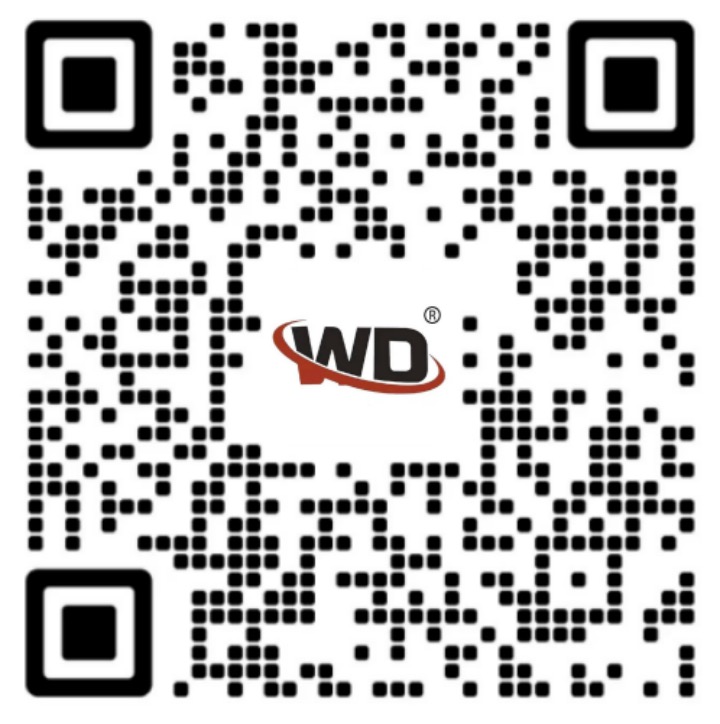Angle iron, commonly known as angle steel, is a long strip of steel with two sides perpendicular to each other. There are equilateral angle steel and unequal angle steel. The two sides of an equilateral angle are equal in width. There are many types of angle iron specifications, do you know how to divide them? What are the functions of angle iron? Angle iron is widely used in various building structures and engineering structures, such as beams, bridges, transmission towers, lifting and transportation machinery, ships, industrial furnaces, reaction towers, container racks and warehouses. Let's take a closer look at the relevant knowledge of angle iron.
Are angle iron and angle steel the same material?
are the same material. Angle steel is commonly known as angle iron, and its section is a long strip of steel with two sides perpendicular to each other. Angle steel is divided into equal-sided angle steel and unequal-sided angle steel. Its specifications are expressed in millimeters of side width × side width × side thickness.
Angle steel is a carbon structural steel for construction, which is a section steel with a simple section, mainly used for metal components and the frame of a workshop. In use, it is required to have good weldability, plastic deformation performance and certain mechanical strength. The raw material billet for producing angle steel is low carbon square billet, and the finished angle steel is delivered in hot-rolled, normalized or hot-rolled state.
Angle iron specifications and models
It is mainly divided into two types: equal-sided angle steel and unequal-sided angle steel. Among them, the unequal-sided angle steel can be divided into two types: unequal-sided and equal-thickness and unequal-sided and unequal-thickness.
1. The specification of angle steel is expressed by the dimensions of side length and side thickness.
At present, the domestic angle steel specifications are 2-20, and the number of centimeters of the side length is the number. The same angle steel often has 2-7 different side thicknesses. Imported angle steel indicates the actual size and thickness of both sides and the relevant standards. Generally, large angle steels with a side length of 12.5cm or more are medium-sized angle steels with a side length of 12.5cm-5cm, and small-sized angle steels with a side length of less than 5cm.
2. The order of import and export angle steel is generally based on the specifications required in use, and its steel grade is the corresponding carbon steel grade. In addition to the specification number, angle steel has no specific composition and performance series.
3. The delivery length of angle steel is divided into fixed length and double length. The selection range of fixed length of domestic angle steel is 3-9m, 4-12m, 4-19m and 6-19m according to the different specifications. The length of angle steel produced in Japan ranges from 6 to 15m.
4. The section height of the unequal angle steel is calculated according to the long side width of the unequal angle steel. Refers to steel with an angular section and unequal lengths on both sides. It is a kind of angle steel. Its side length is 25mm×16mm~200mm×125mm. Rolled by hot rolling mill. The general unequal angle steel specifications are: ∟50*32--∟200*125, the thickness is 4-18mm.
5. Unequal angle steel is widely used in various metal structures, bridges, machinery manufacturing and shipbuilding, various building structures and engineering structures, such as beams, bridges, transmission towers, lifting and transportation machinery, ships, industrial furnaces, reaction Towers, container racks and warehouses, etc.
What are the uses of angle iron
The angle iron can be composed of various stress-bearing components according to the different needs of the structure, and can also be used as a connecting piece between the components. It is widely used in various building structures and engineering structures, such as beams, bridges, transmission towers, lifting and transporting machinery, ships, industrial furnaces, reaction towers, container racks and warehouses.
RELATED NEWS
MORE
Hotline



Back to top